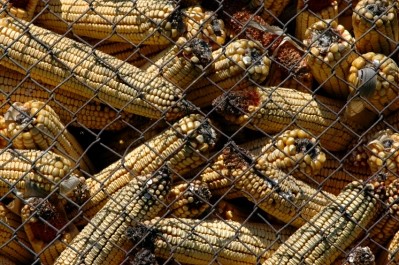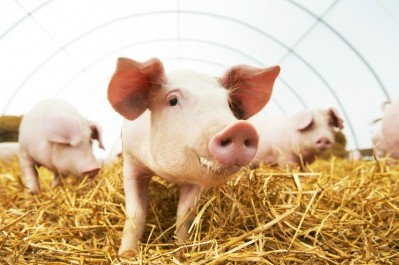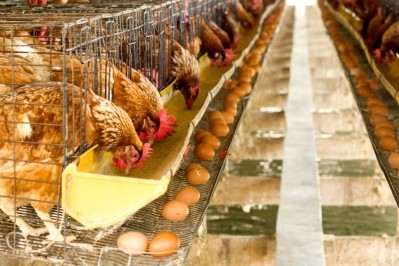Multiple mycotoxin interactions need to be better understood, says Biomin

Fumonisins are toxins produced by moulds that have been reported in maize crops worldwide and have a negative effect on human and animal health. Humidity, inadequate storage and insect damage can all increase the risk of fumonisin-producing moulds.
At its meeting last month, the United Nations food standards body Codex set recommended maximum levels for fumonisins at 4 mg/kg in raw maize grain and 2 mg/kg in maize flour and maize meal.
Biomin acknowledged that these levels were established “to find a balance between providing appropriate consumer health protection while avoiding unnecessary rejections of maize and maize products and thus impacting food security.”
It also said the provisions taken by the Codex ruling concerning mycotoxins in feed were very important first steps to assess maximum levels for mycotoxins. “Fumonisins have been shown to be toxic to pigs and poultry and the main cause of equine eucoencephalomalacia, a fatal disease of horses. Long term-experience has shown that fumonisin levels as low as 750 ppb (parts per billion) in finished feed can pose a potential risk for some livestock species, especially sows, piglets and horses,” said Paula Kovalsky, product manager for Mycofix, Biomin’s mycotoxin risk management product.
Data discrepancies
However, Kovalsky said she was surprised by the Codex finding that “only a small number of samples were positive, with the following mycotoxins being most detected: aflatoxins, fumonisins, OTA, sterigmatocystin and diactoxyscirpenol”.
She pointed out that this was at odds with work carried out by Biomin, saying: “Our experience in the field of mycotoxins in the last ten years has shown that within the 26,000 samples we have analyzed so far for the main mycotoxin groups, a total of 76% of all samples contained at least one mycotoxin and 42% of these samples contained more than one toxin.”
Given such evidence she said it was important to consider the fact that mycotoxins tend to co-occur in many commodities and that the presence of multiple toxins may have even higher impacts on the animal than would be the case for only one mycotoxin. This scenario wasn’t provided for by the Codex ruling.
Multiple mycotoxins muddy the water
She said co-occurrence of mycotoxins may be one important reason for divergences in effects described in scientific studies in which, in contrast to in the field situation, mostly purified toxins are used.
“In field outbreaks, naturally contaminated feeds may contain multiple mycotoxins and thus apparently lower contamination levels of a single specific mycotoxin can be associated with more severe mycotoxicoses,” Kovalsky explained.
However, she acknowledged that data on the effect of combinations of toxins on animal health are rare and that more data from different countries was needed to assess the problem of mycotoxin co-occurrence.
“More studies need to be conducted to provide information on the interactions of multiple mycotoxins under field conditions, with mycotoxin concentrations that commonly occur in the sub-acute contamination range,” she said.












